A female emperor dragonfly ovipositing (laying eggs) © Arterra / Getty
True dragonflies and damselflies are in same order: Odonata.
The true dragonflies are in the suborder Anisoptera, which means 'dissimilar wings', referring to the different shapes of the fore and hind wings.
Damselflies are in the suborder Zygoptera, meaning 'similar wings'. When damselflies settle, their wings are held along the length of the body. That makes comparing fore and hind wing shape difficult.
But there are other differences. Damselflies are more delicate with fluttery flight, and widely separated eyes.
Find out why dragonflies and damselflies have such big eyes
When to see
In Britain, the dragonfly season begins in April or May, when large red damselflies emerge from their aquatic larval haunts. Some species are on the wing into autumn, including migrant hawker and common darter.
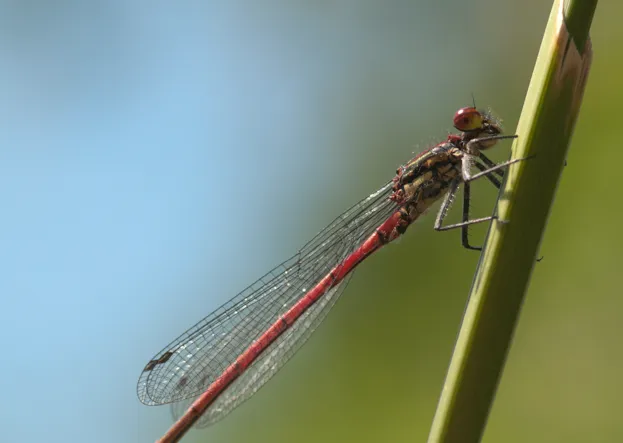
Large red damselfly © Ian West / Getty
Foxearth Meadows Nature Reserve, Essex
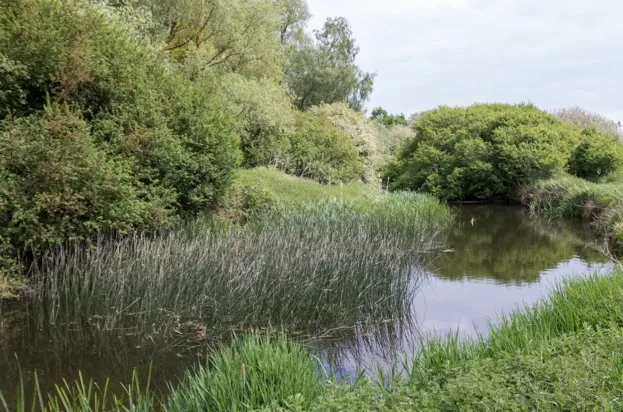
© Gavin Morris
The only nature reserve in the UK managed primarily for dragonflies and damselflies, owned by A Rocha UK, a Christian conservation charity.
There are 21 species on the site near the River Stour – it’s a good place to see the pretty willow emerald, a recent British colonist.
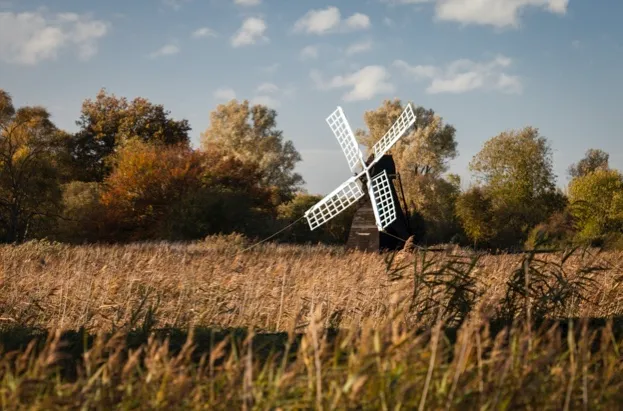
A water pump at Wicken Fen
Home to the Dragonfly Centre, this National Trust wetland hosts 22 dragonfly species, including variable damselfly and hairy dragonfly.
There are guided dragonfly safaris and waterway cruises in the summer.
Caerlaverock Wetlands, Dumfries & Galloway
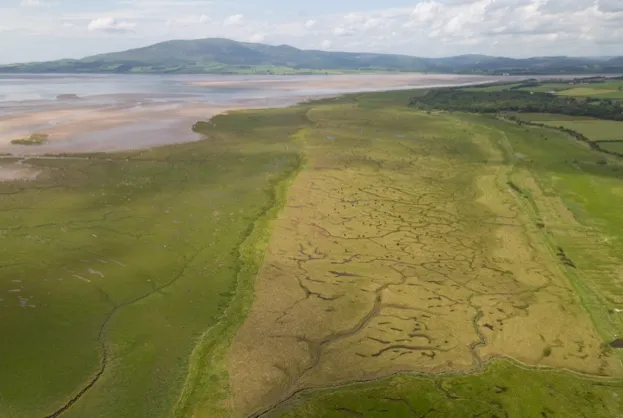
An aerial shot over WWT's Caerlaverock © Sacha Dench
This wonderful Wildfowl and Wetlands Trust reserve is also a British Dragonfly Society Dragonfly Hotspot.
Resident species include the emperor, common hawker, black darter and emerald damselfly.
There are dragonfly events in the summer and a spotter sheet to download.
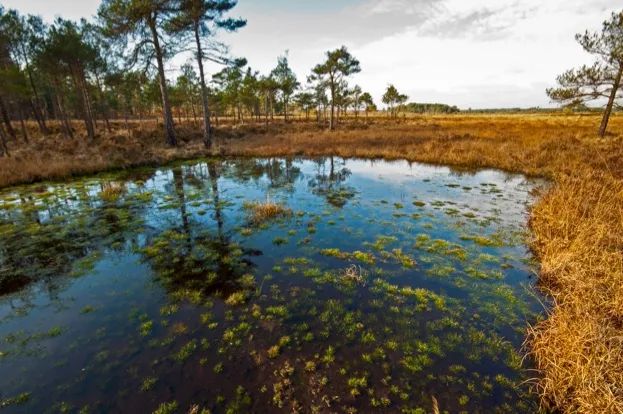
Ockley new pond at Thurlsey Common
Ponds on this heathland National Nature Reserve make it one of Britain’s top sites for dragonflies, including downy and brilliant emeralds, keeled skimmer and small red damselfly.
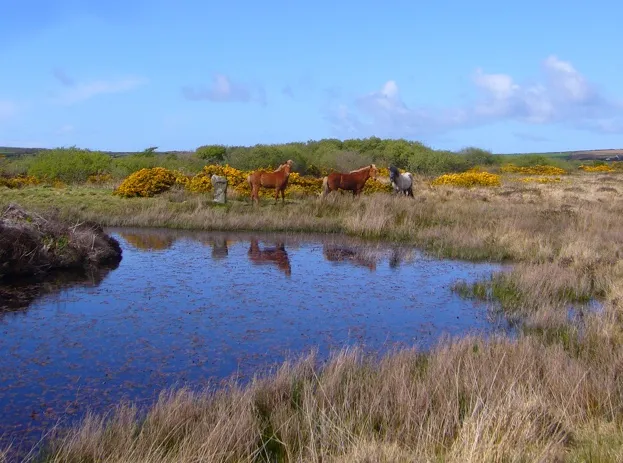
Ponies grazing near one of the heathland pools © WTSWW
A big area of wet and dry heath managed by the Wildlife Trust of South & West Wales.
Dragonfly pools have been created and the site’s highlights include small red, scarce blue-tailed and southern damselfly.